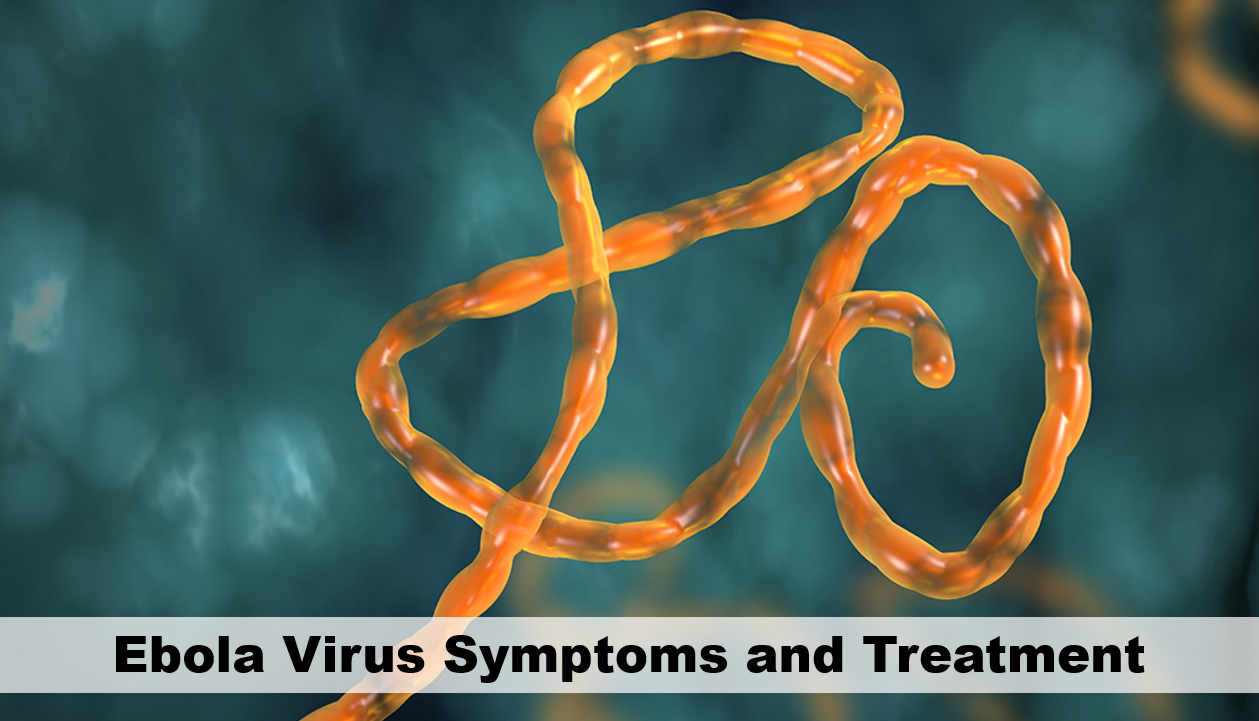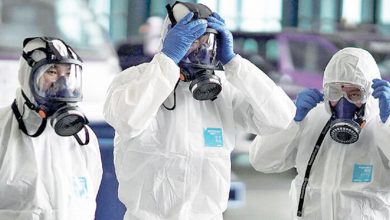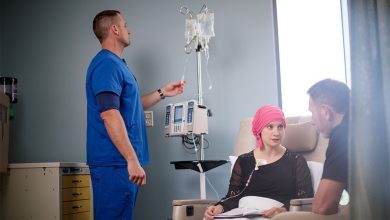Ebola Virus Symptoms and Treatment

What is Ebola Virus Disease? What are the symptoms of Ebola virus disease? Can Ebola be cured? Here, we will answer these questions about Ebola Virus Disease in the following text. The deadly virus Ebola, which threatens the world, first appeared 38 years ago in the Democratic Republic of Congo. After a long break in 2013, the virus climbed again, now the world’s fearful dream has become. The brief answer to the question of what is Ebola is a life-threatening viral infection that can lead to high fever with internal and external bleeding. This disease is caused by a microorganism called Ebola virus.
Ebola Virus Disease (EVD)
The virus was first discovered in 1976 near the Ebola River in the Democratic Republic of Congo. Disease; Outbreaks from time to time in countries like Africa, Liberia, Guinea, Sierra Leone, Democratic Republic of Congo (Zaire), Gabon, South Sudan, Ivory Coast, Uganda, Congo, Republic of Nigeria.

Ebola Virus Disease Symptoms
- Fever
- Headache
- Muscle pain
- Weakness
- Diarrhea
- Vomiting
- Stomach ache
- Anorexia
- Internal or external bleeding
Some patients may also have the following signs and symptoms: Itching, redness of the eyes, hiccups, cough, sore throat, chest pain, difficulty breathing, difficulty swallowing, and bleeding. Symptoms are seen 2 to 21 days (usually 8-10 days) after exposure to Ebola virus. While some of the patients recovered, it is not clear why some people have died due to the virus. It is known, however, that those who die do not develop an adequate immune response to the virus.
Ebola Virus Infection
Ebola is transmitted to humans through close contact with the blood, various secretions, organs or body fluids of infected animals. It was found that the disease was transmitted to humans by touching chimpanzees, gorillas, fruit bats, monkeys, forest antelopes, and hedgehogs who were infected or injured in African forests. Ebola is then spread by person-to-person transmission in human societies. Infection of Ebola occurs in contact with the blood, various secretions, organs, or body fluids of sick people. It was found that recovered males were able to continue to transmit the virus with semen for up to 7 weeks after recovery. Health care workers are often infected during the care and treatment of patients with EVD. This transmission is due to the failure to implement strict infection control measures in close contact with the patient.
Ebola Virus Treatment
So far, no effective treatment for Ebola has been found, so mortality rates are still high. Likewise, there are no standard treatment recommendations. Treatment with an antiviral drug may be considered, but unlike similar viral diseases, it is unlikely to be successful. So far, no effective treatment for Ebola has been found, so the mortality rate is still very high. Likewise, there are no standard treatment recommendations. Treatment with an antiviral drug may be considered, but unlike similar viral diseases, it is unlikely to be successful. What is important for an Ebola infection is to take patients into intensive care. Electrolyte and fluid support are important for successful treatment. A rapid organ replacement procedure, such as dialysis, should be initiated for renal failure. Unfortunately, in countries where Ebola occurs (Central Africa), such medical interventions are often not possible.





